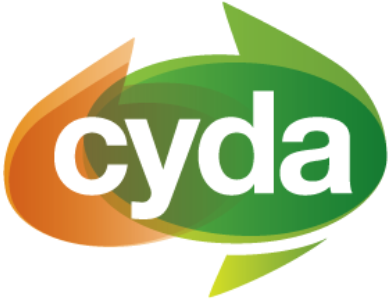CYDA’s first ever Zine brought together the poetry, illustrations, and sculptures of disabled young storytellers from across the country. But how did it begin?
A zine is a little magazine and can be made about anything and everything! They have historically been vital in community building for marginalised individuals and groups. But how did the CYDA Summit Zine come together?
We spoke to Ezra Burnett (he/they), co-editor of the Summit Zine, about curation, selfcare, and the value of disabled storytelling.
Ezra came across zines as a queer teen through the punk music scene, School Strike for Climate, and other movements. From community poster making sessions to zines exploring self-identity, they say there is so much power in creativity as a storytelling medium and that this is something he wanted to see fully realised for young disabled advocates at the National Youth Disability Summit.
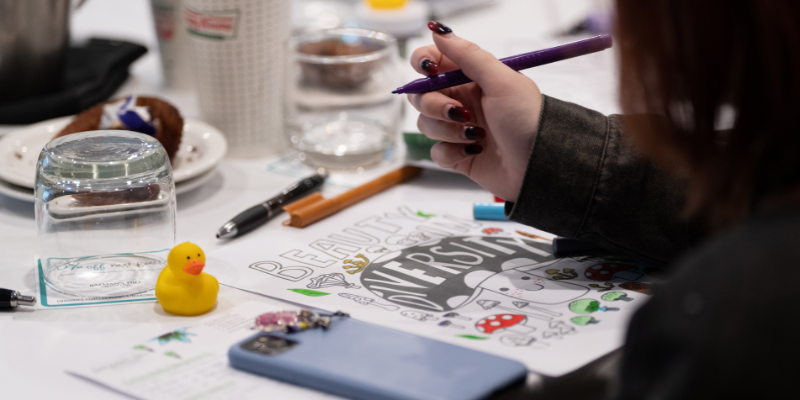
He says that zines are an “easy way to create community, collective joy, and solidarity”. This was a perfect fit for memorialising the creative activities that were already being planned by the Youth Council when co-designing the summit.
Following the summit Ezra and his co-editor Georgia took over the CYDA office, laying out all the submissions in a line from one wall to the other.
Seeking inspiration from The Queer Zine Archive Project, Chappell Roan’s ‘Good Luck Babe!’ official lyric video, and attending a Zine workshop run by Bramble Journal, a publishing space for and by disabled creatives, the shape of the zine started to form.
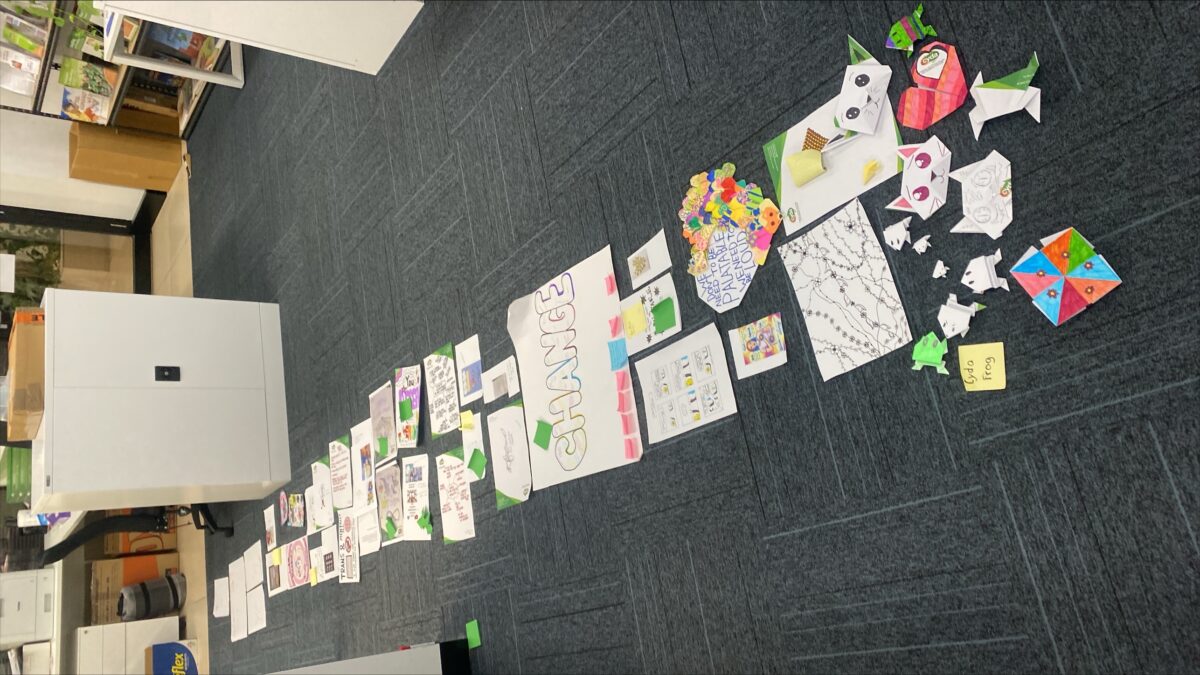
Ezra says that he and Georgia felt a strong sense of responsibility to treat the submissions with the utmost care and respect, making sure to bring them together in a Zine that all the artists would be proud to share. “It was clear that so much of the artwork came from heartfelt places. That’s part of the power of the Zine,” says Ezra, its authenticity to people’s experiences of disability and life.
“Spending so much time with people’s pieces, it motivated me to action. To further address my own internalised ableism and to do more in the disability justice space, fighting ableism internally and externally,” Ezra says, sharing that at times they took a step back to process the emotions.
They say that self-care hasn’t always been easy but putting it on the back burner often leads to burnout. It’s why he makes a point of scheduling it into his day: making time to have coffee in the sun, taking stretch breaks to walk local reserves (when spoons allow), and spending time recharging with his cats!
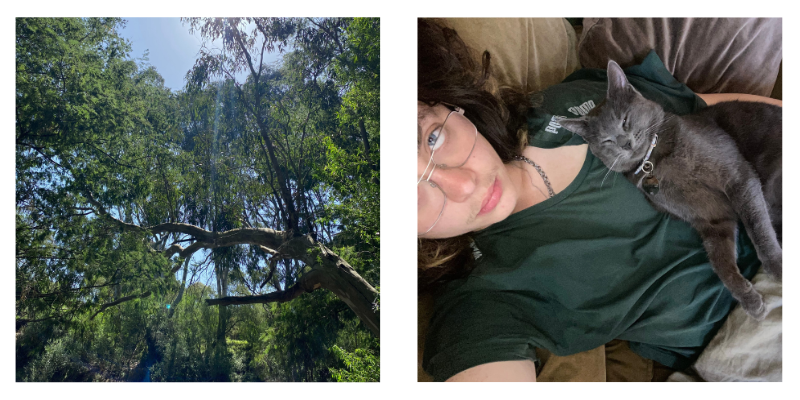
Ezra reiterates that it was important as an editor to have those emotions and to harness them into action to make change. Storytelling is key when creating this change and we need all types and forms of storytelling to be effective.
“We live in a world oversaturated with stories – you pick up your phone and you immediately have access to a billion of them. Creative alternative mediums like this zine can capture and hold onto people's attention further”
Ezra says he loves this medium as it allows artists to invite the viewer to be an active participant in the story telling process. Through creative mediums, audiences are invited to fill in the blanks and that this helps to create change in perceptions, people, and societies.

Another benefit of multimedia storytelling is that it’s often more accessible for both artists and audiences. Artists can show up in whatever format works best for them on any topic and have their voice amplified when it often isn’t. Audiences are allowed an insight into life experiences different from their own in a raw and unpolished way. Accessibility was also at the core of creating the Zine, balancing style and nostalgia with access and creating alternative formats so it can be engaged with in multiple ways.
Ezra says he’s excited for the future and continuing to see the rippling impacts of the CYDA Summit Zine.
“Keep creating and zine making – everyone can create a zine.”
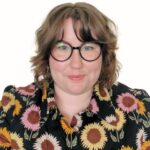
About the author:
Rosie Putland (she/her) is a proudly Disabled Commications Officer at CYDA and is based in lutruwita/Tasmania. She is a social entrepreneur, on the board for the Regional Autistic Engagement Network (RAEN), and the founder of the Tasmanian Digital Accessibility Community. Rosie is known for her advocacy, storytelling, and her dedication to community.

